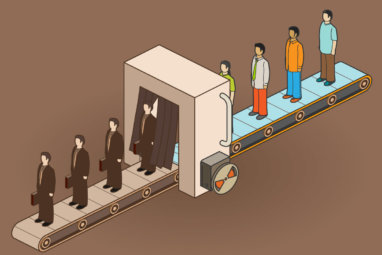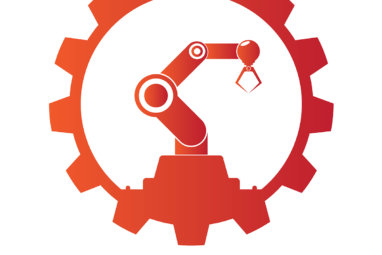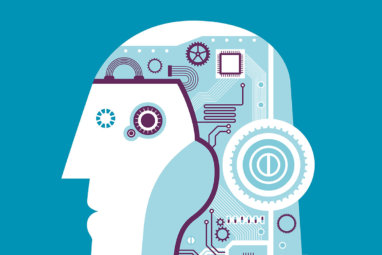
Automation
Why Supply Chains Must Pivot
In an uncertain world, supply chains must adopt flexibility and automation to gain sustainable advantage.


In an uncertain world, supply chains must adopt flexibility and automation to gain sustainable advantage.

Innovation-focused adopters of AI are positioning themselves for growth, which tends to stimulate jobs.

Machine learning is susceptible to unintended biases that require careful planning to avoid.

Many countries with aging populations are also experiencing growth in their gross domestic product.

As you explore how software bots can automate tasks, keep in mind some of the accompanying risks.

AI systems can now make accurate, independent decisions — but they still need human inputs.

It pays to ask yourself whether your job is common and repetitive enough to be done by a machine.

A new phase of technology-enhanced work is upon us.

The value of enterprise-level AI depends on what an organization’s people do with it.

The 2017 Data & Analytics Report by MIT Sloan Management Review finds that companies that embraced analytics have begun to find new ways to derive strategic benefit from analytics.

Here are the essential elements of a transformative IoT strategy.

Advanced risk identification tools require companies to take a new approach to supply chain resilience.

Automation and robotics could have far-reaching effects on labor — ones we’ve seen before.

What’s happening this week at the intersection of management and technology.

Instead of replacing human workers, software robots are an opportunity to augment their skills.

Digital transformation has been positive in many ways, but some long-term trends are troubling.

In the age of machine learning, what should managers know — and what must non-tech companies do to stay ahead?

While humans may be ahead of computers in the ability to create strategy today, we shouldn’t be complacent about our dominance.

Human labor isn’t going away, but automation may greatly affect the quality of available jobs.

Management still requires a human touch, no matter how smart our machines have become.